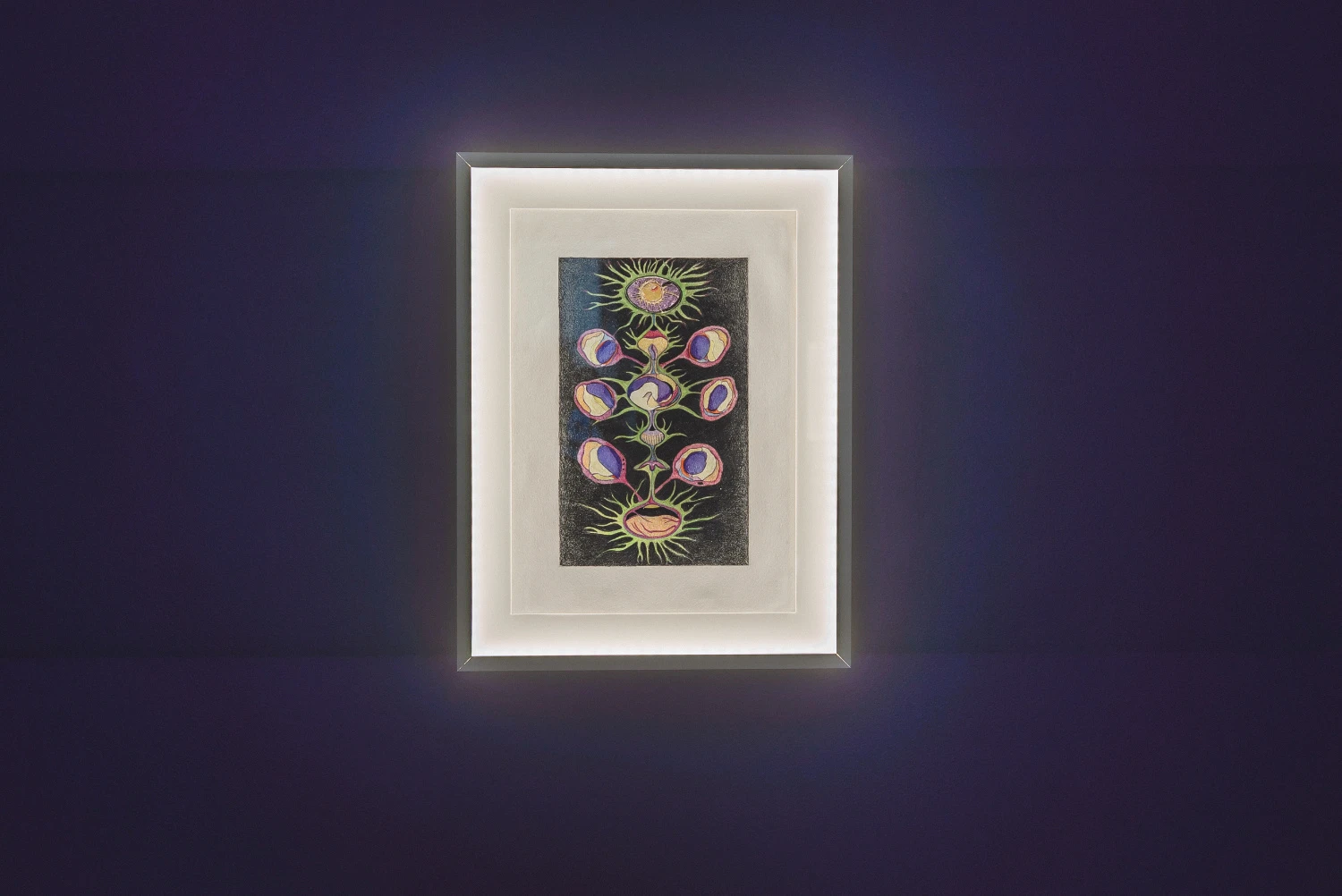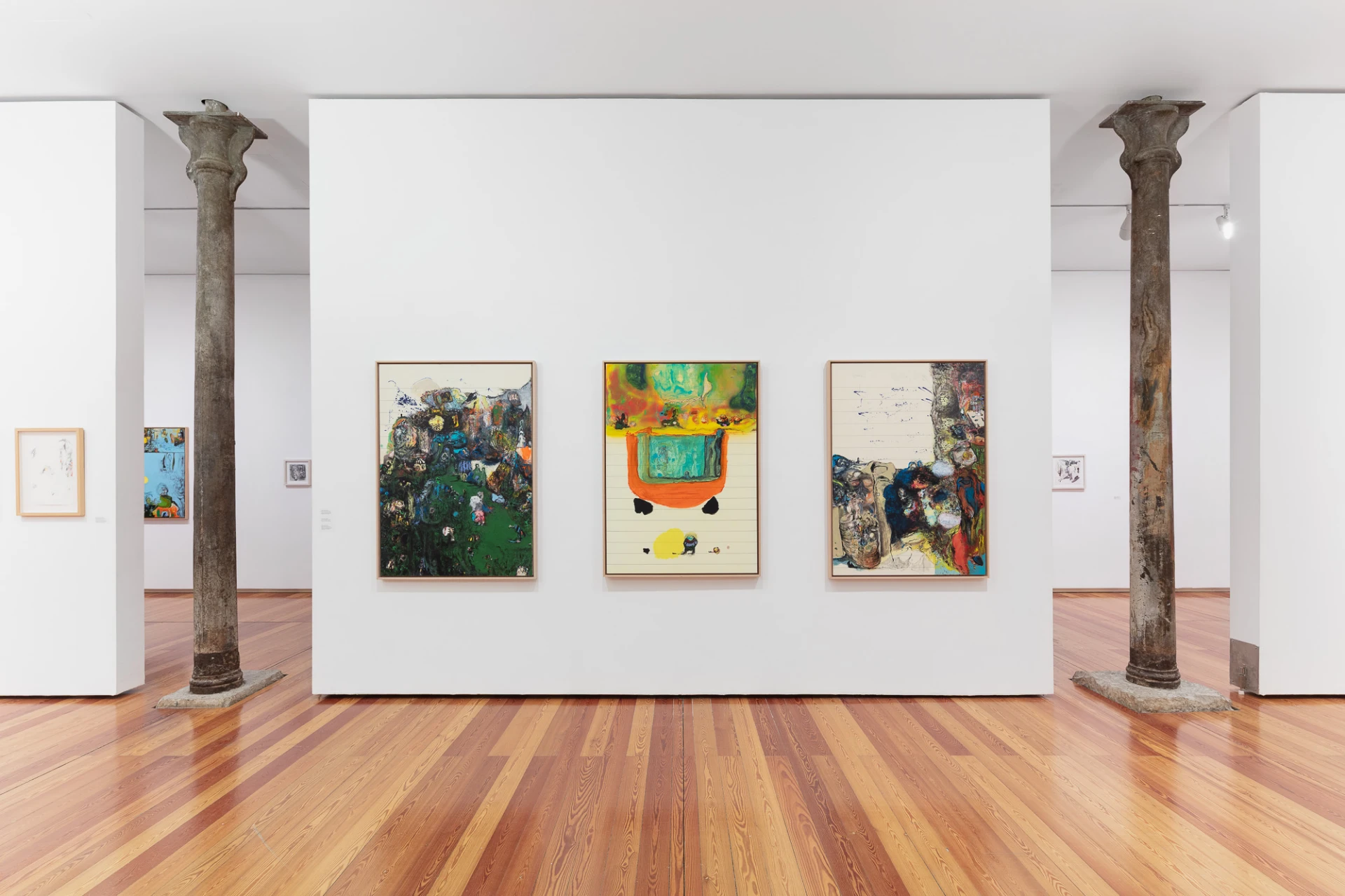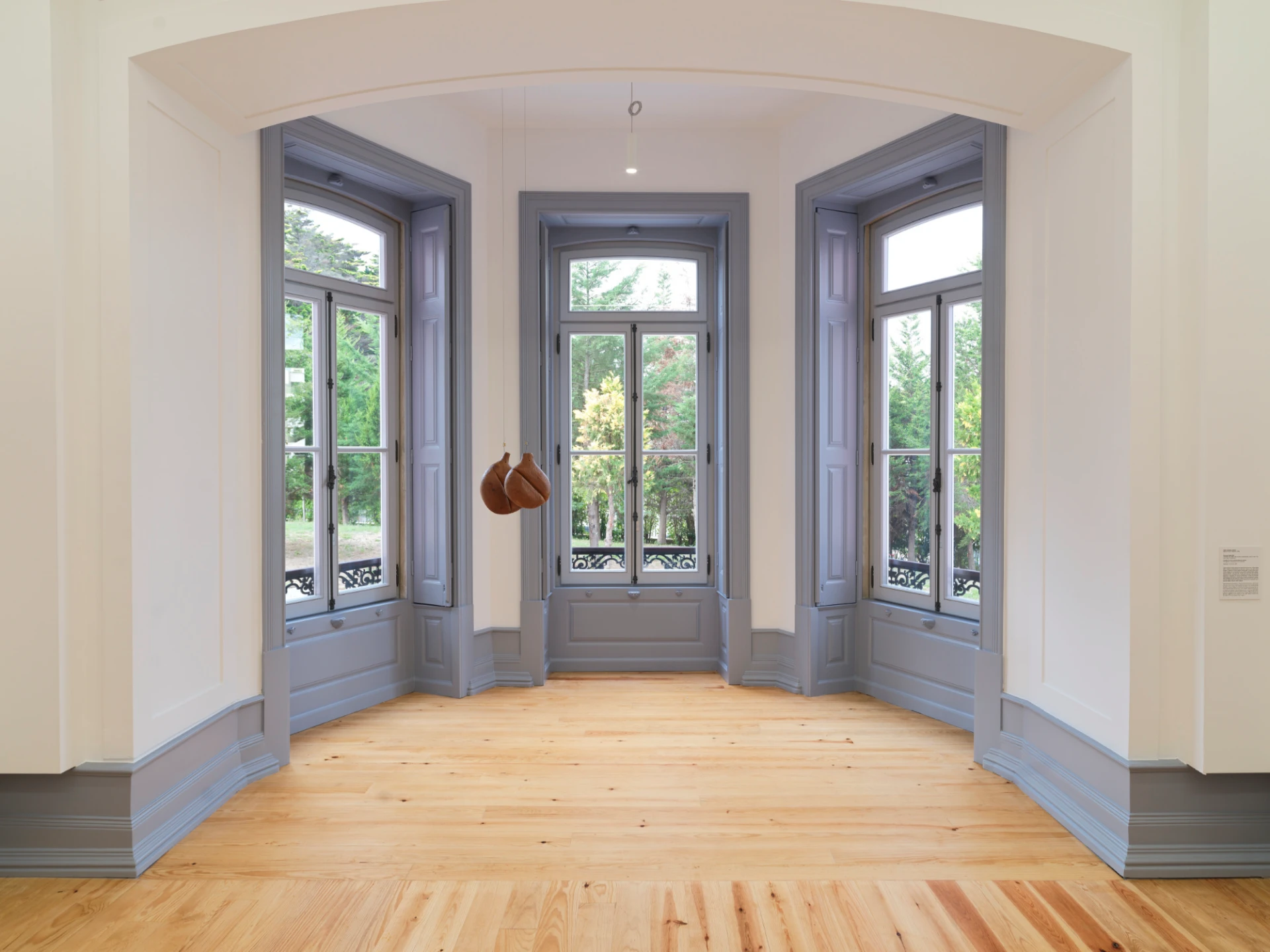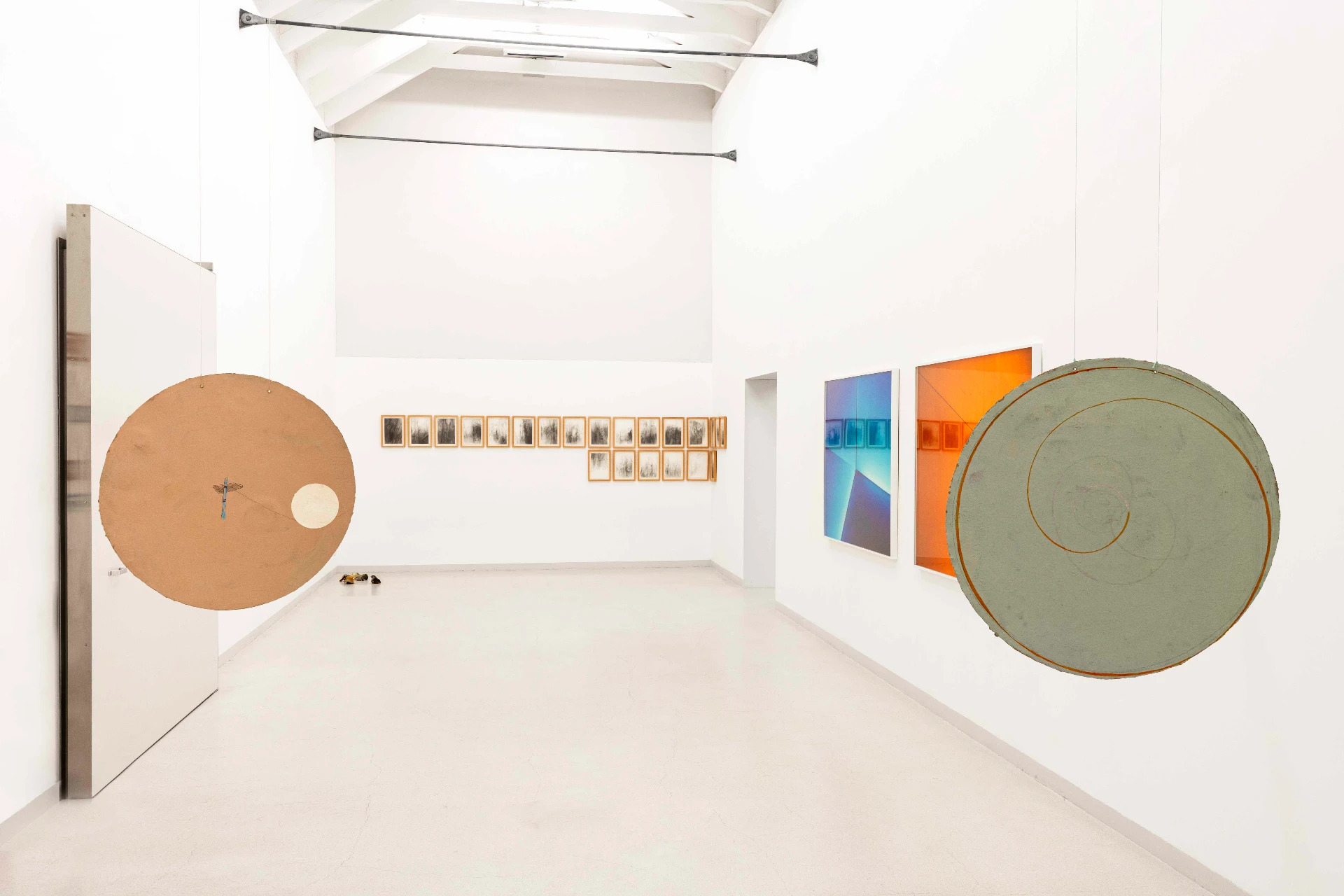article
About Sonho Manifesto! Em Leiria, todas as árvores são pinheiros
The continuous environment that witnesses our existence, in a permanence that inevitably imposes itself on the evident finitude of the body, mocks our conviction that we always have an accurate map of the world. It is, after all, illusory. In a broader and more evident sense, despite the purification brought about by the ever-changing times, those urban and cultural factors that Alberto Carneiro spoke of in his Notas para um Manifesto de uma Arte Ecológica: we are and belong to nature.
You are surely lost. Stand still. The forest knows where you are.1
ECOLOGICAL ART will be a return to the origin of our own sources; the rehabilitation of the simplest things in the meaning of aesthetic communication, not through a process of cultural order, in the acquisition of values of a transitory nature, but through the awareness of essentialities, through penetration into the core of atoms, through the call to contact with that world that defines itself in us without the constraints of social complexity: the conscious relationship of signifiers in the ordering of a profound critique of the meanings that will come later as authenticity of relationships with the world.2
It is from an archetypal approach to the medium that many of the works in this exhibition emerge. This is not a circumstantial reading of the elements, but a sustained awareness that honors a set of non-human organic bodies and summons them as aesthetic material. It is in this almost osmotic relationship, where the artistic gesture is on the apparent imminence of its suspension, that we can poetically conclude that what we see is what we have always seen, but never knew how to see. If Michael Biberstein's landscape, entitled Bid Drift, has a broader reference, despite the already familiar temporal elements that reinforce its uniqueness, we find this obstinacy with nature in the works presented not only by the aforementioned Alberto Carneiro, in A floresta, but also by Gabriela Albergaria, whose sequence of drawings that closes the exhibition, Storm Burned Coastal Redwood, is completed by the surrounding landscape of the Villa Portela Arts Center, visible through the window.
Starting from this telluric premise, we are invited to witness this curatorial dialogue composed by Rita Gaspar Vieira and Sandra Vieira Jürgens. We see the ironic and surreal bodies that Tiago Baptista scatters throughout the space and question which side is the forest, or which forest is on this side. The works of Ana Vieira and Ana Hatherly also contribute to this displacement and to a heightened notion that the represented and the representation occupy the real equally. The small creature that seems to emerge from Álvaro Lapa's Buraco Quase Lírico confronts Sandra Cinto's score, in the work Uma melodia para Leiria which will grow until the end of this exhibition, as drawings on handmade paper produced at Moinho do Papel will be added daily, in an analogy with nature itself, which mocks the inevitable dependence on human gesture, like everything that ultimately surrounds us here. The difference lies in knowing how to receive and how to give back—a thought that should always underlie the built environment. Armanda Duarte, with the work dorso, launches the possibility of creature-space and reminds us that we are a body within a body, in a mise en abyme comparable to what we feel in João Onofre's work, Untitled (N’em Finit Plus) which, with #234 by Fernando Calhau, reminds us of the night as an ironic definer of the vital sequence.
The exhibition Sonho Manifesto! Em Leiria, todas as árvores são pinheiros marks the inauguration of this new space in Leiria and can be visited until January 31st of next year. Designed in 1895 by Roberto Charters Henriques d'Azevedo, the Villa Portela Arts Center combines a 19th-century chalet, a wooded park, a romantic lake, and several typical outbuildings of a late 19th-century farm, now adapted for workshops and creative residences.
In addition to the artists mentioned throughout the text, we can also find works by Ângelo de Sousa, Claire de Santa Coloma, Francisco Tropa, Imi Knoebel, Jimmie Durham, João Tabarra, Maria Helena Vieira da Silva, Pedro Cabrita Reis, Peter Zimmermann and Projeto Teatral.
1 Carneiro, A. (1973). Notas para um manifesto de uma arte ecológica. Revista de Artes Plásticas, (1), 6–9.
2Wagoner, D. (1999). Lost. In Traveling light: Collected and new poems. University of Illinois Press.
UMBIGOLAB LINKS
ADVERTISING
Previous
article
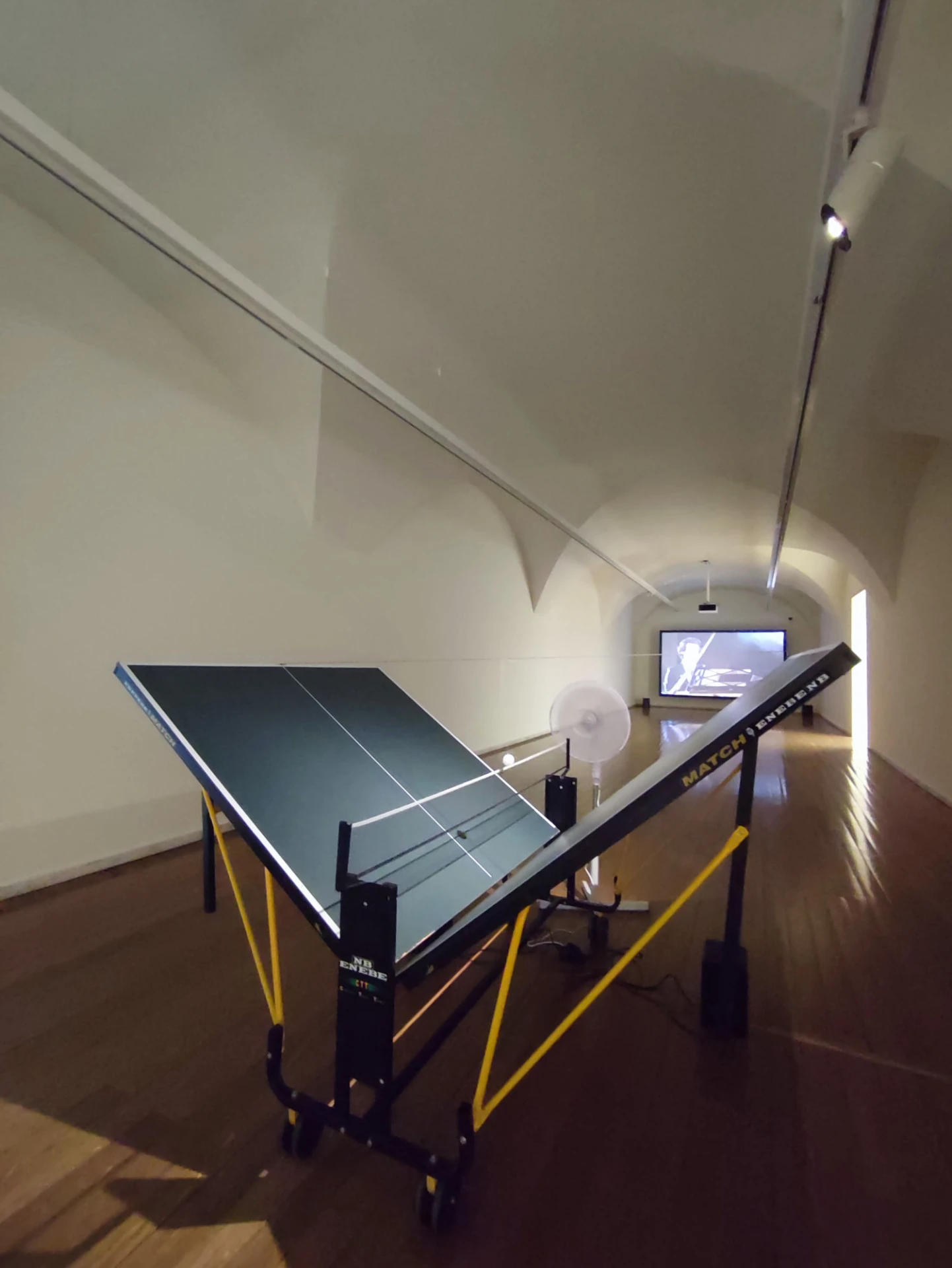
14 Oct 2025
A Syllabary to Reconstruct II, at MACE
By José Pardal Pina
Next
article

16 Oct 2025
Órbitas, at the PLMJ Foundation
By João Pedro Soares
Related Posts
